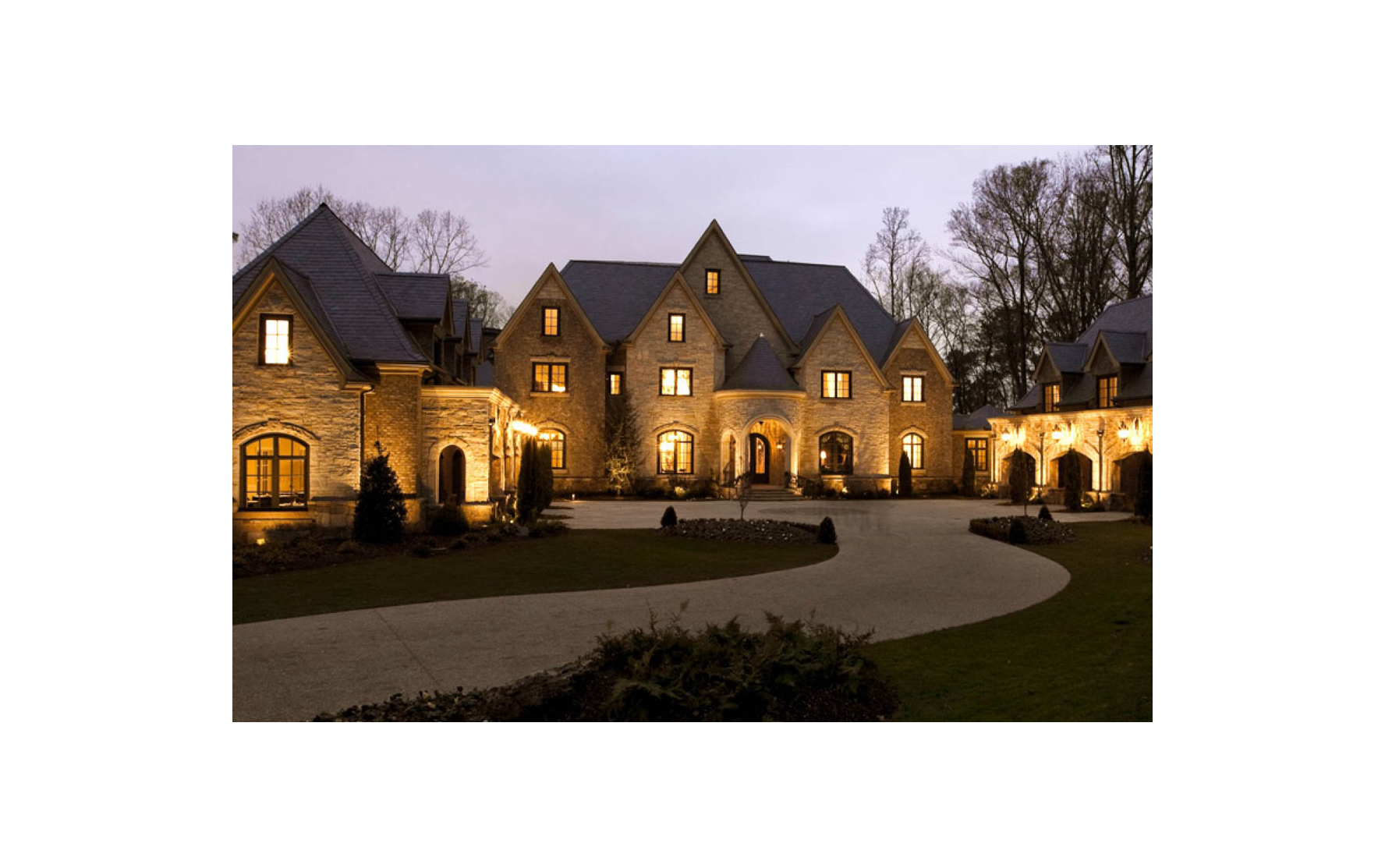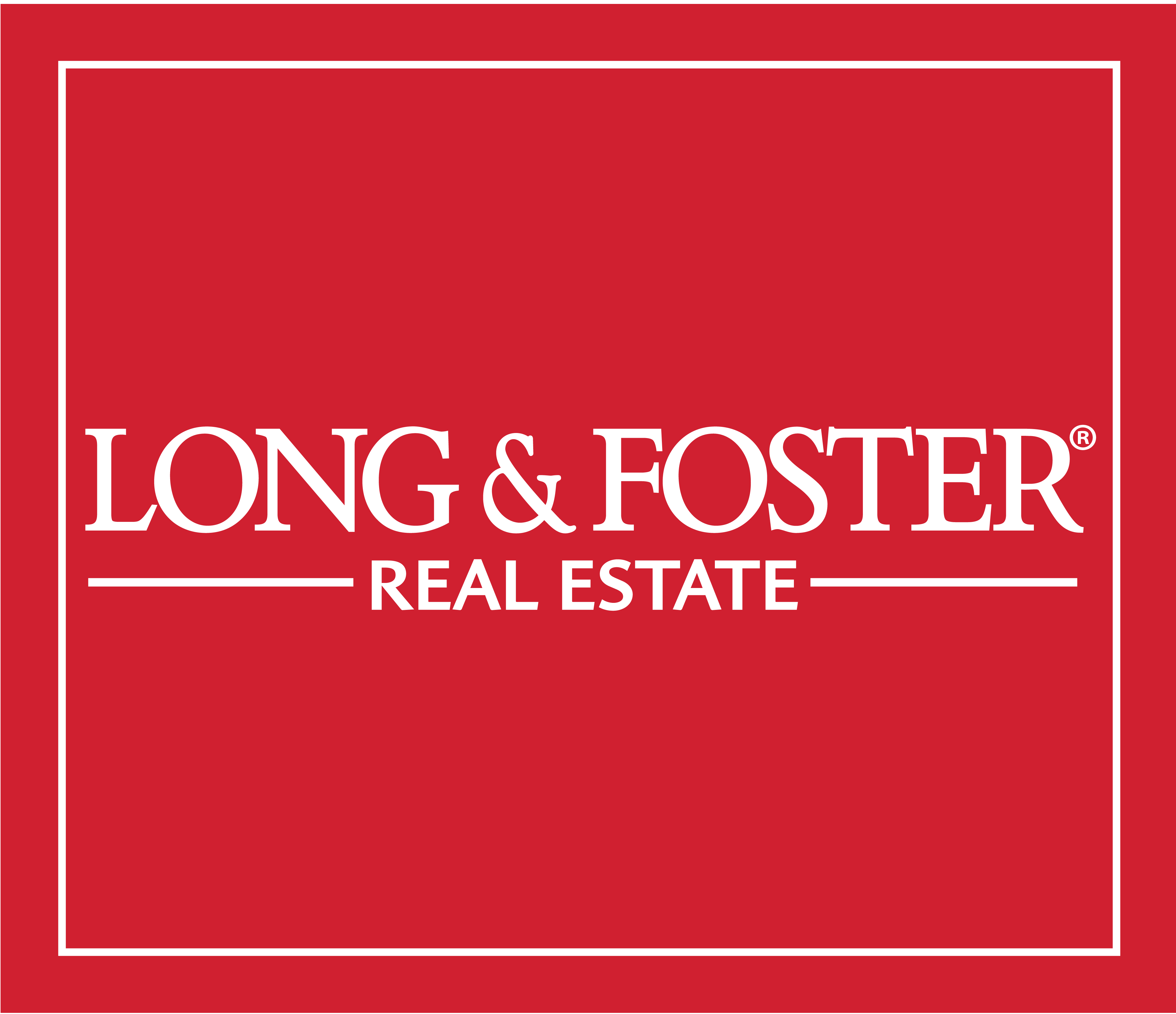A home is the biggest purchase most people will make...and servicing home debt typically takes the biggest chunk of our monthly budgets. So when you start to consider a home purchase, spend some time on considering HOW you will finance your home, OPTIONS for finding the best low-cost loans & loan programs from which you may benefit, and WHAT you will have to do to stay on track for an approved mortgage. Let's get started!
In addition to the mortgage options below, there are many programs that vary by state – ask your mortgage lender if you qualify for any state mortgage program, down payment assistance, or more.
Click here to find out how much can you afford.
Click here for more financial tools.

Article by Kirk Haverkamp, mortgageloan.com.
There are many different types of mortgage loans. Though many people simply think of a mortgage as the loan used to buy a home, in reality a mortgage is any type of loan that is secured by home equity.
Mortgages come in many different types and can be structured many different ways. A 30-year fixed-rate conventional loan is the most popular type of mortgage for buying a home. A 15-year loan is often used to refinance a mortgage the borrower has been paying down for a number of years. A 5-1 or 7-1 adjustable-rate mortgage (ARM) may be a good choice for someone who expects to move again in a few years.
Choosing the right type of mortgage for you depends on the type of borrower you are and what you're looking to do. An FHA loan, with its low down payment and softer credit requirements, can be an attractive type of mortgage for first-time homebuyers or those with flawed credit. Borrowers with strong credit, on the other hand, may get a better deal with a conventional mortgage backed by Fannie Mae or Freddie Mac.
A home equity loan is a type of mortgage used to borrow cash by using your home equity as collateral. But a home equity line of credit (HELOC) may offer greater flexibility. And a cash-out refinance may be the right choice if you need to borrow a large sum or can reduce your mortgage rate in the process.
So what type of mortgage loan is the best one for you and your purposes? To help you sort through your options, the following tables provide a breakdown of the different types of mortgage loans, their descriptions, how they're used, their pros and cons and the types of borrowers they may or may not be suited for. Note that a single type of mortgage loan may have multiple features or be useful for several different purposes.
30-year fixed-rate
· Long-term mortgage designed to be paid off in 30 years at a set interest rate.
· Home purchase, mortgage refinance, cash-out refinance, home equity loan, jumbo mortgage, FHA, VA, USDA.
15-20 year fixed-rate
· Medium-term mortgages designed to be paid off in 15-20 years at a set rate.
· Home purchase, mortgage refinance, cash-out refinance, home equity loan, jumbo mortgage, FHA, VA.
ARM
· Mortgage with interest rate that varies over time, based on market conditions.
· Home purchase, mortgage refinance, home equity loans, HELOCs, interest-only loans, jumbo mortgages.
Interest-only
· Interest payments only for a fixed period of time before principle must be paid off.
· Home construction loans, HELOCs, jumbo loans, ARMs, balloon payments.
Piggyback Loan
· A second mortgage, or lien, used to cover part of the purchase price of a home.
· Partial or entire down payment in order to avoid paying for mortgage insurance; funding jumbo portion. of high-end home purchase so that the rest can be covered with a lower-rate conforming loan. Fixed-rate, ARMs, jumbo loans.
Home Equity Loan
· Loan secured by the equity in the borrower's home; that is, the home serves as collateral for the loan. A type of second mortgage or lien.
· Borrowing money for any purpose desired by the homeowner, often home improvements or other major expenses. Fixed-rate, ARM, interest-only, balloon payment options.
HELOC
· A type of home equity loan in which you have a pre-set limit you can borrow against as needed. Usually divided into a draw period, during which you can borrow money, followed by a repayment period.
· Borrowing money at irregular intervals for any purpose desired. Draw period is usually an interest-only ARM; repayment usually a fixed-rate loan.
Reverse Mortgage
· A category of home equity loans for persons age 62 and above.
· Monthly stipends to supplement retirement income; monthly cash advances for a limited time; HELOC to draw as needed.
Refinance
· Taking out a new mortgage to pay off and replace an existing mortgage.
· Obtaining more desirable loan terms than current mortgage offers, such as lower interest rate, lower monthly payments, shorter or longer payoff terms, replace adjustable-rate loan with fixed-rate loan or vice versa, among others. Options include fixed-rate.
Cash-out Refinance
· A single transaction to both refinance your current mortgage and borrow against your available home equity.
· Borrowing money for any purpose desired by the homeowner, in addition to any of the other potential uses of refinancing. Fixed-rate or ARM.
HARP Refinance
· Government-backed program to help homeowners with low- and negative-equity (underwater) mortgages refinance to more favorable terms. Stands for Home Affordable Refinance Program.
· Refinancing primary mortgages. 30-year, 20-year and 15-year fixed-rate options.
FHA Loan
· Government program designed to facilitate home ownership.
· Home purchase, refinancing, cash-out refinance, home improvement loans. 30-year, 15-year fixed-rate, ARMs, HELOCS.
VA Loan
· Home loan program for members and veterans of the armed forces and certain others.
· Home purchase, mortgage refinancing, home improvement loans, cash-out refinance. 30- and 15-year fixed-rate, ARM.
USDA Rural Development Loan
· Program to assist low- to moderate-income persons purchase a modest home in rural areas and small communities.
· Home purchases, refinancing. 30-year fixed-rate mortgage only.
The different types of mortgage loans each have their own pros and cons. Here's a breakdown of what you may like or not like about different mortgage loans.
30-year fixed-rate
· Low monthly payments, rate doesn't change, payments stable, attractive rates, most common mortgage type.
· Long-term commitment, higher rates than shorter-term loans, equity builds slowly; higher long-term interest cost than shorter-term loans.
15-20 year fixed-rate
· Lower rates than 30-year mortgage, rate doesn’t change, stable payments, shorter payoff, build equity quickly, less interest paid over time.
· Higher monthly payments than a 30-year loan, lower interest payments could affect ability to itemize deductions on tax returns.
ARM
· Low initial rates; greater payment flexibility than short-term fixed-rate loans.
· Unpredictable; rate may adjust higher; monthly payments may increase substantially; refinancing may be needed to prevent large payment increases when rates are rising.
Interest-only
· Deferred payments on principle; flexibility to make additional payments if desired.
· Higher rates than on fully amortizing loans; higher payments during amortization period than on loans where principle payments begin immediately.
Piggyback Loan
· Higher interest rate on piggyback loan may be cheaper than paying for private mortgage insurance (PMI). Paying conforming rate on portion of jumbo mortgage reduces interest payments.
· Second lien can make refinancing more difficult. Separate bill to pay each month. Shorter amortization on piggyback loans can make monthly payments higher than they would be for a single primary mortgage.
Home Equity Loan
· Allows you to borrow money at a lower interest rate than other, nonsecured types of loans. Interest usually tax-deductible.
· Could lose home through foreclosure if you fail to make payments. Rates are higher than on a primary lien mortgage (such as a cash-out refinance). Reduced equity can make refinancing more difficult. Can delay the time you own your home free and clear.
HELOC
· Borrow what you need, when you need it; little or no closing costs; lower initial rates than standard home equity loans; interest usually tax-deductible.
· May be tempted to borrow more than you need; variable interest rate could mean higher payments than you expect; could lose home through foreclosure if you fail to make payments.
Reverse Mortgage
· No need to repay funds borrowed for as long as you reside in the home; loan liability cannot exceed equity in home; borrowers choosing lifetime stipend option continue to receive payments even if equity is exhausted; payments are tax-free.
· Costs are significantly higher than for other types of home equity loans; draining equity may leave borrower without financial reserves; extended stay in medical care facility could cause loan to come due and borrower to lose home.
Refinance
· May be able to get lower interest rate, lower monthly payments, pay off loan faster, switch from adjustable-rate loan to fixed-rate or vice versa.
· Must pay closing costs for new mortgage, which may offset the advantages of a lower interest rate.
Cash-out Refinance
· Lower interest rate than a standard home equity loan; borrower does not carry second lien with a separate monthly bill; may be able to reduce rate on entire mortgage; other potential advantages of a standard refinance.
· Higher closing costs than on a home equity loan; borrowing against home equity may increase likelihood of foreclosure in a financial crisis.
HARP Refinance
· Enables homeowners to refinance when they would otherwise find it difficult or impossible to do so due to a lack of home equity.
· Interest rates obtained through HARP refinancing will be higher than those available to borrowers with more home equity. Limited to mortgages backed by Fannie Mae or Freddie Mac. No cash-out refinance. Cannot be used to refinance second liens.
FHA Loan
· Down payments as little as 3.5 percent of home value, competitive mortgage rates, easy refinancing for borrowers who currently have FHA loans, less stringent credit restrictions than on conventional mortgages.
· Loan limits restrict amount that can be borrowed; higher costs for mortgage insurance than on standard loans; borrowers putting up less than 10 percent down required to carry mortgage insurance for life of the loan.
VA Loan
· 100 percent financing available (0 down payment); competitive mortgage rates even with no down payment; easy refinancing (streamline).
· May not be used to buy a second home if you have exhausted your benefit on your primary home. Cannot be used to purchase property used solely for investment purposes.
USDA Rural Development Loan
· Up to 100 percent financing (no down payment), competitive rates, inexpensive mortgage insurance, broad definition of "rural" includes many suburban areas.
· Relatively low loan limits; cannot be used for purchases in urban areas; waiting periods can be long; must be able to show present housing is inadequate; not offered by most lenders.
Copyright © 2024 Bright MLS Inc. 

Website designed by Constellation1, a division of Constellation Web Solutions, Inc.
